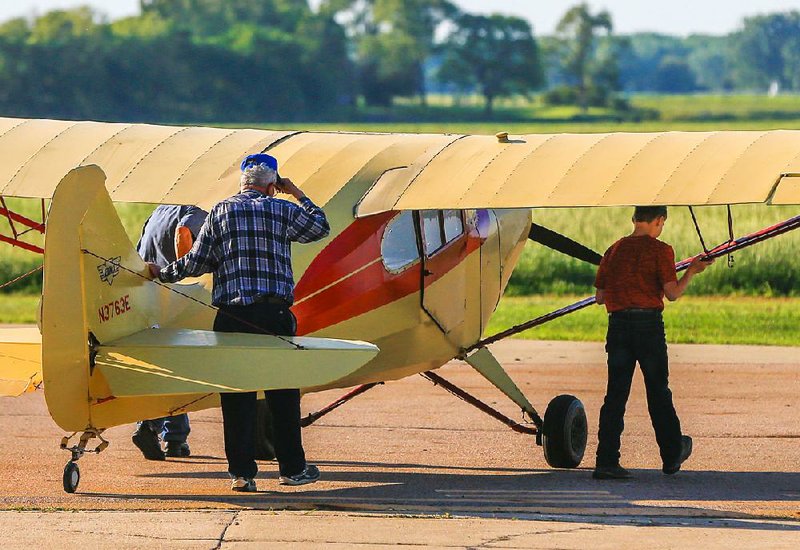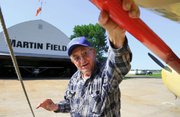DES MOINES, Iowa -- For the first time in 60 years, airplanes won't be roaring down the runway at the airstrip in Onawa, Iowa, this summer. Racing dragsters will.
Like many small cities across the country, Onawa is closing its airfield because of the steady decline in the number of pilots, especially in rural areas. After June 30, dragsters will use the 3,400-foot-long concrete runway.
"It was a very hard decision for our council, but they decided, it's just not working," said Bradley Hanson, administrator of the western Iowa city, tucked between the Missouri River and scenic Loess Hills.
Many small towns have had airfields almost since the early barnstorming days and expanded them after World War II when military pilots returned home, ready to resume work but eager to keep flying. The number of pilots with private certificates peaked at 357,000 in 1980.
Since then, though, that number has plummeted to 188,000, and hundreds of local airfields have been closing.
Interest has waned as planes became much more costly. New small planes that cost about $13,000 in the late 1960s now go for $250,000 or more, and owners also must pay more for specialized aviation fuel, liability insurance, maintenance and hangar space.
So few planes touched down at the airport in nearby Hartley, Iowa, that the small community tore up its runway in 2010 and leased it to a farmer who now grows corn on the 80 acres.
"Nobody was buying airplanes, so when the runway and hangars needed work, they decided to do away with it," said Howard Orchard, the town's unofficial historian.
Officials in the 6,000-person city of Hillsboro, Ill., also found a more profitable use for their rarely used airfield. They sold it to a company mining coal.
"It was a hard pill to swallow for me to tell these guys we had to do away with it," said Bill Baran, the mayor at the time, who broke the bad news to local fliers. Dozens of pilots had once used the field, but only two planes were still based there when officials agreed to sell it in 2008.
The pilot decline comes even as commercial aviation is drawing more passengers, with the industry expecting to see a record number of travelers this summer.
That success has come with a price, though, as the once-flashy image of flying has been tarnished by hectic airports, packed commercial jets and frequent delays. For many people, there remains little glamour in flying.
"Air travel is not nearly as interesting as it used to be," said Tom Haines, a pilot since 1977 and editor with the Aircraft Owners and Pilots Association.
At many small, rural airfields -- where decades ago farmers, small-business owners and blue-collar workers joined flying clubs and gathered for family barbecues amid the roar of planes -- it now can be pretty quiet.
While some general aviation airports in urban areas remain busy, others have "a little of a ghost town feel," Haines said.
At Martin Field in South Sioux City, Neb., owner Gene Martin recalls when teenagers would bike out to the airfield and pay for flight lessons with money they earned from paper routes. Now, young people seem more interested in video games, Martin said.
The number of flight instructors at his field has fallen from 12 to three, and they're not especially busy, he said.
Still, he's turned down offers to sell his 130 acres to housing developers.
"We're trying to hang in there," said Martin, whose grandfather started the airfield in the 1930s.
With the number of public airports having dropped from 5,589 in 1990 to 5,155 in 2013, pilots have more trouble finding places to keep their planes.
When the Onawa airport closes, pilot Ed Weiner will move his airplane to a city 25 miles away. If properly developed, he believes the airfield would provide more economic benefit to the town than the drag strip will.
Weiner, 70, said more people would fly small planes if they knew what the experience was like.
"If you've never had it, you'll never miss it," he said. "It's like trying to describe the taste of chocolate cake."
SundayMonday Business on 06/14/2015

